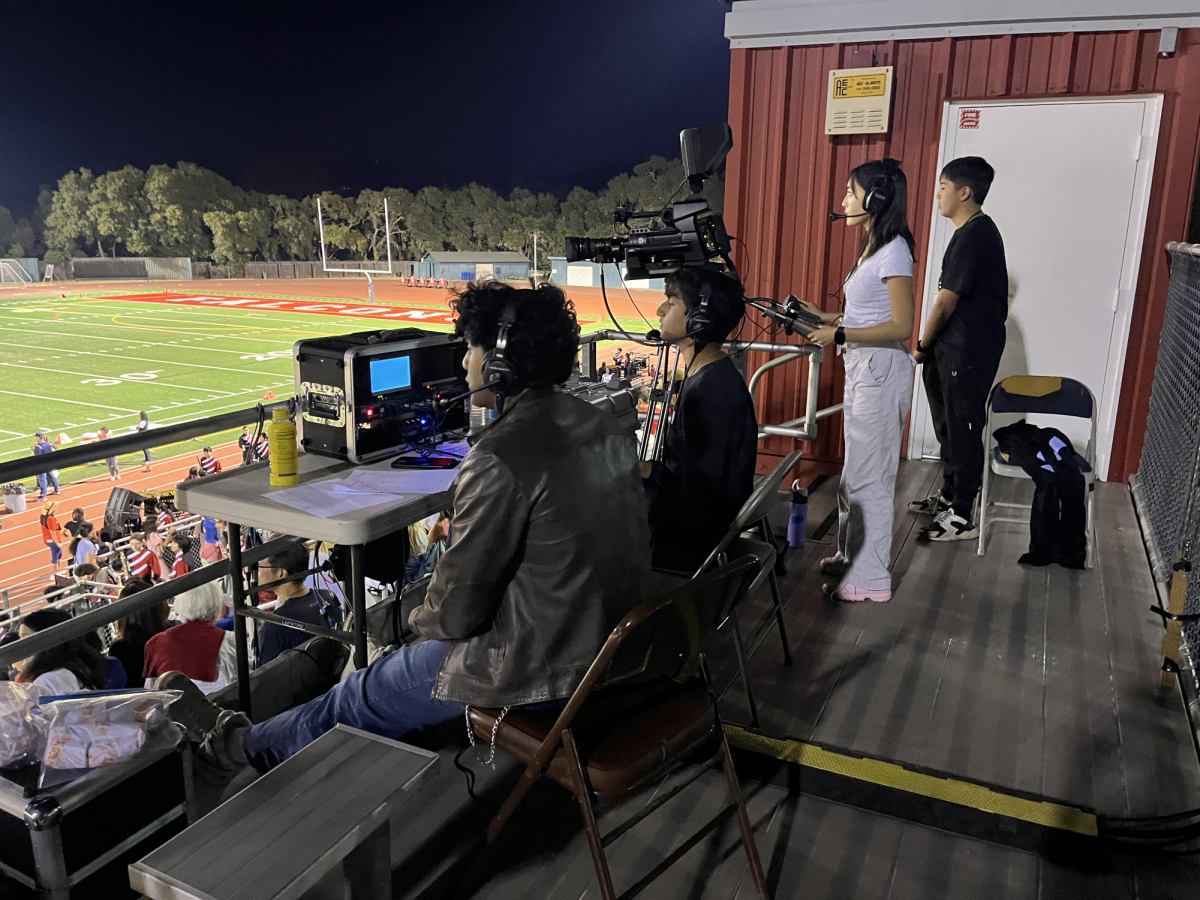Returning students may have noticed a number of changes to the campus that were made over the summer, including the construction of the MAP building and the general campus beautification that was appreciated by many. However, one of the more subtle but equally important changes has gone virtually unnoticed. Over the summer, new smart meters were installed on the two main electrical hubs of the school.
“The meters will allow us to monitor electrical demand on a building by building basis,” said Brian Moran, the plant operations supervisor. He said the hope is that with the new technology in place, the school will be able to monitor irregular power demands more effectively. This means that the school can take steps to eliminate wasteful power usage by certain buildings around the school, ultimately saving money.
The initiative behind the smart meters grew out of a larger initiative known as “Green Tea,” a campaign started by superintendent Cary Matsuoka in the fall of last year to increase green practices for both schools in the district.
Matsuoka said the schools spend huge sums on power.
Saratoga alone typically spends around $40,000 per month on energy usage. Sometimes, when demand peaks during the hotter months the cost can reach up to $75,000 for a single month.
Matsuoka hopes that the introduction of the new meters will affect some change in the district’s energy usage.
“I think this tool will allow us to achieve some real changes in human behavior, much like the speed meters on Highway 9 do,” said Matsuoka, “The access to current data will make people stop and think.”
The smart meter monitoring system was designed by Valence Energy, a Santa Clara based company that provides green energy solutions to educational institutes and businesses. The software provides real time updates of power usage for each building throughout the school. The information is displayed on a pie chart allowing Matsuoka to see, at any given time, the electrical demand of almost every building in the district as well as its energy cost. In addition, the software even has as an application for the popular iPhone and BlackBerry that will allow students to see the power usage of buildings around the school in real time.
“It would be like having 1,400 monitors walking around campus,” said Matsuoka.
His goal is to use the smart meters to decrease district power usage by 5 percent for this school year. Although he hopes for more ambitious power savings, he wants to set a realistic and achievable goal. When the nearby Harker school installed smart meters, the campus was able to cut power usage by 9 percent by eliminating waste, said Matsuoka. His more long-term goals for a greener district include plans to increase recycling on campus, promote environmental literacy in the community and increase green transportation to and from school.




























